The Longest-Serving Kings and Queens
of England and Great Britain
King Henry VIII reigned for 37 years. Queen Elizabeth I spent 44
years as England's ruler. It was a topic which was
on everybody's lips as the nation celebrated the 60th anniversary
of the reign of Elizabeth Windsor. And since then, of course, Queen
Elizabeth II has become the longest-reigning monarch in our history.
Take a look at this list of the five longest-serving English monarchs to find out which kings and queens of England have ruled almost as long as Elizabeth II.
King Edward III, 1327-1377
Reigned: 50 years and 147 days
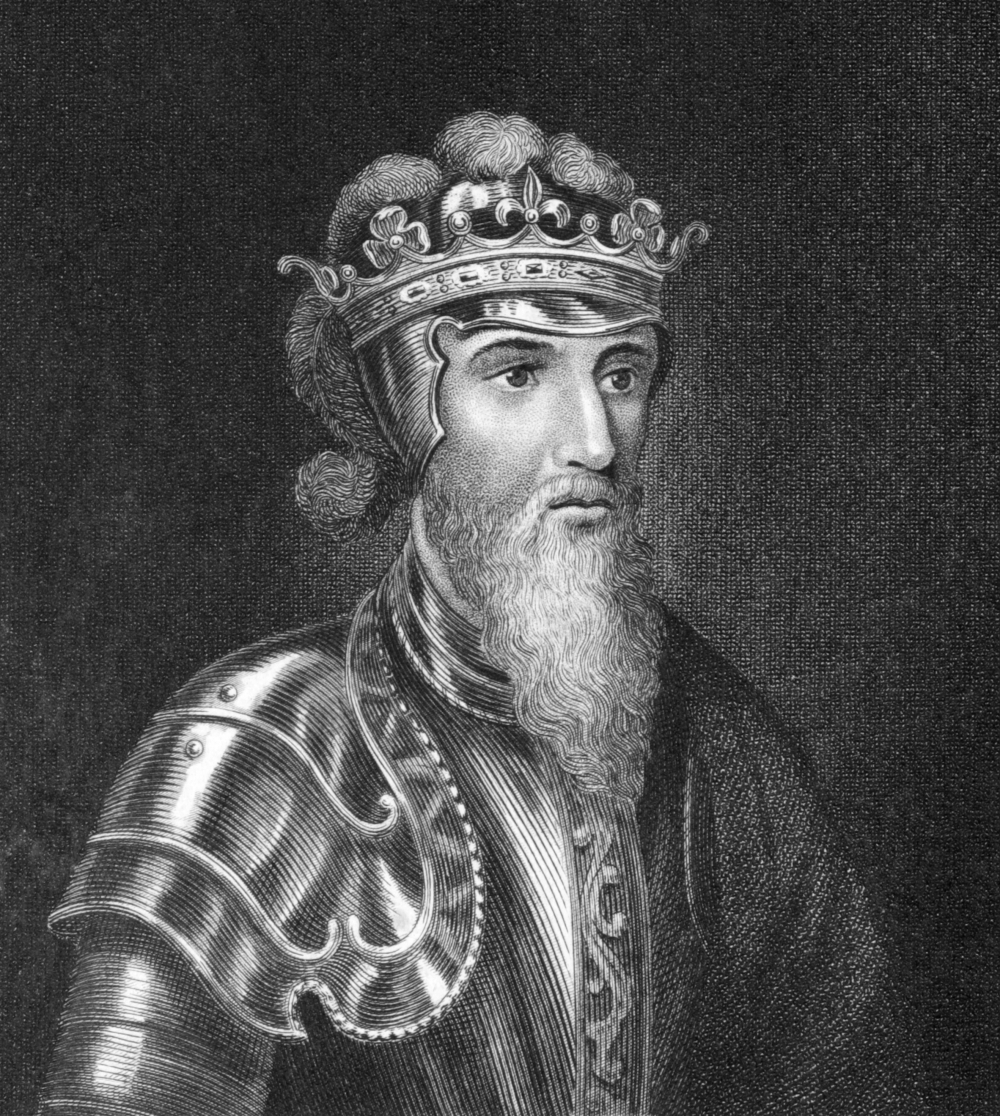 King Edward III © georgios | depositphotos.com
King Edward III © georgios | depositphotos.comWhile Edward II's reign was blighted by military failures against Scotland, his son's lengthy rule will always be associated with military success in France. Edward came to the throne at the age of 14, was married at 15, and was a father at 18.
After a successful campaign against the Scots, he started the Hundred Years War when he declared himself the rightful King of France in 1337.
Edward's early reign proved that he was as adept at warfare as he was at brokering treaties. Later setbacks on the battlefield could not undo the reputation he had built up - admired in his lifetime, he is one of only five kings and queens of England to have ruled for over 50 years
King Henry III, 1216-1272
Reigned: 56 years and 29 days
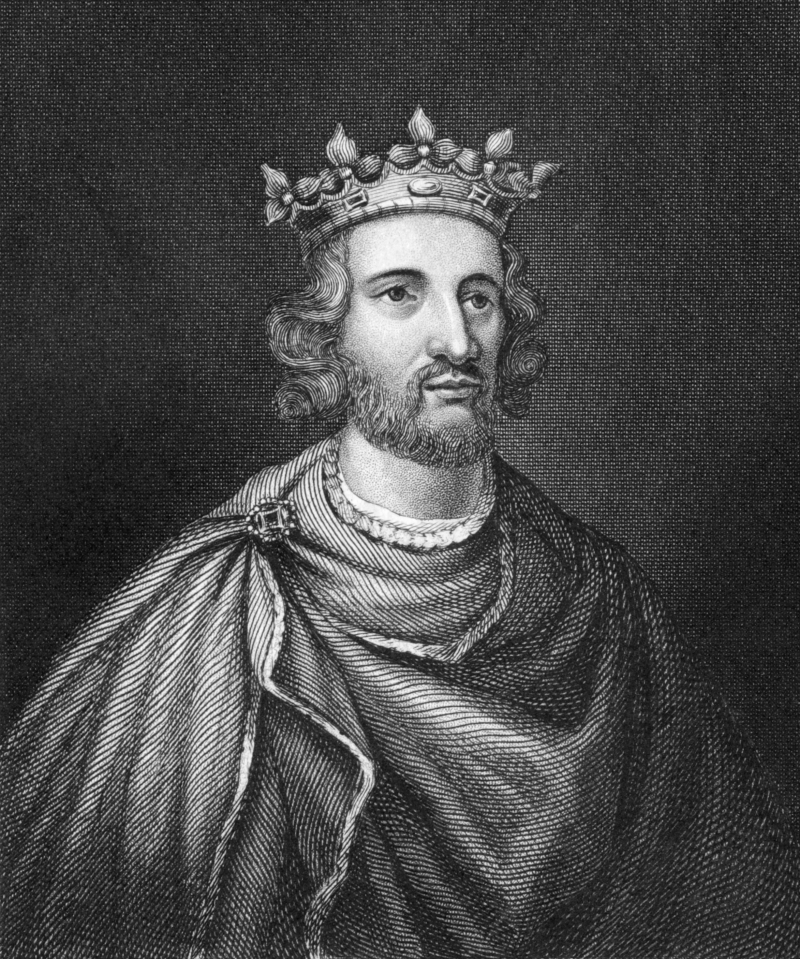 King Henry III © georgios | depositphotos.com
King Henry III © georgios | depositphotos.comKing Henry III was the son of King John - and he became ruler when he was just nine years old, in the middle of the first Baron's War. After having advisors make decisions for him, he took control of his realm when he reached the age of 25.
He travelled less than the rulers who preceded him, preferred instead to invest in a handful of favourite castles and palaces. He married Eleanor of Provence, fathered five children, and was known for his faith and piety.
Expensive wars in
France and Sicily lost him the goodwill of the English barons. In 1263,
Simon de Montfort seized power, defeated Henry's forces at the Battle
of Lewes and took the king and his eldest son prisoner. He wasn't freed
until his son Edward escaped from capture and defeated de Montfort in
the Battle of Evesham.
It is thought that if Robin Hood did exist, it was most likely that he existed during Henry's time rather than (as popular legend depicts) during his father John's.
King George III, 1760-1820
Reigned: 59 years and 96 days
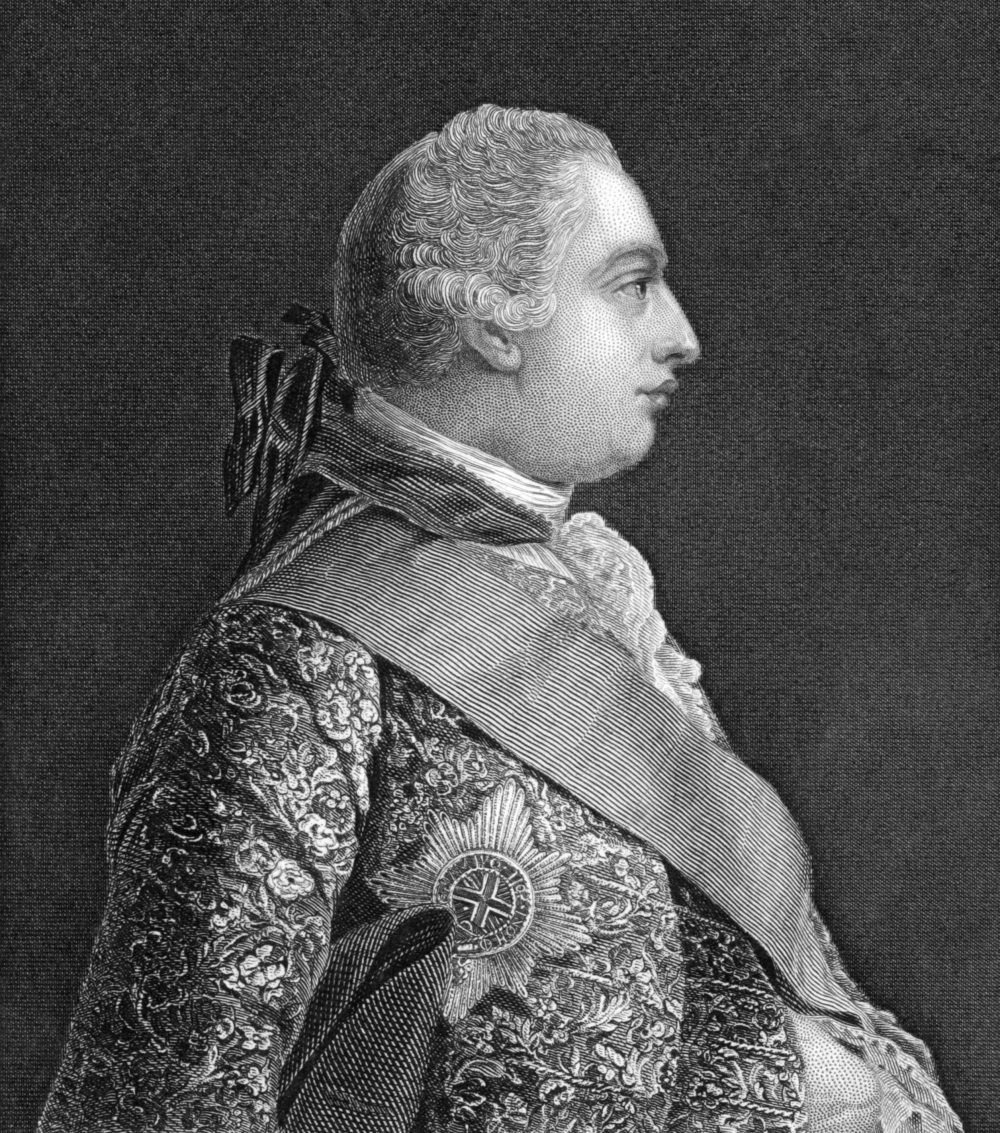 King George III © georgios | depositphotos.com
King George III © georgios | depositphotos.comWhen one pictures George III it is hard not to think of the sad, mad tragic figure depicted in the film The Madness of King George, running around royal gardens in his night-robe.
While mental illness overshadowed the final decade of George's reign, he did achieve much. He was the first king of the United Kingdom - a title created in 1801.
England, and George's reputation, prospered when he appointed William Pitt the Younger as his prime minister and the nation emerged as a leading power in Europe, even when an ill-advised war against America had already been fought and lost.
George's personal life was far happier than his attempts to hang on to far-flung corners of his empire, and he had a long and happy marriage to Charlotte of Mecklenburg (whom he first met on his wedding day).
Together, the couple had 15 children.
Queen Victoria, 1837-1901
Reigned: 63 years and 216 days
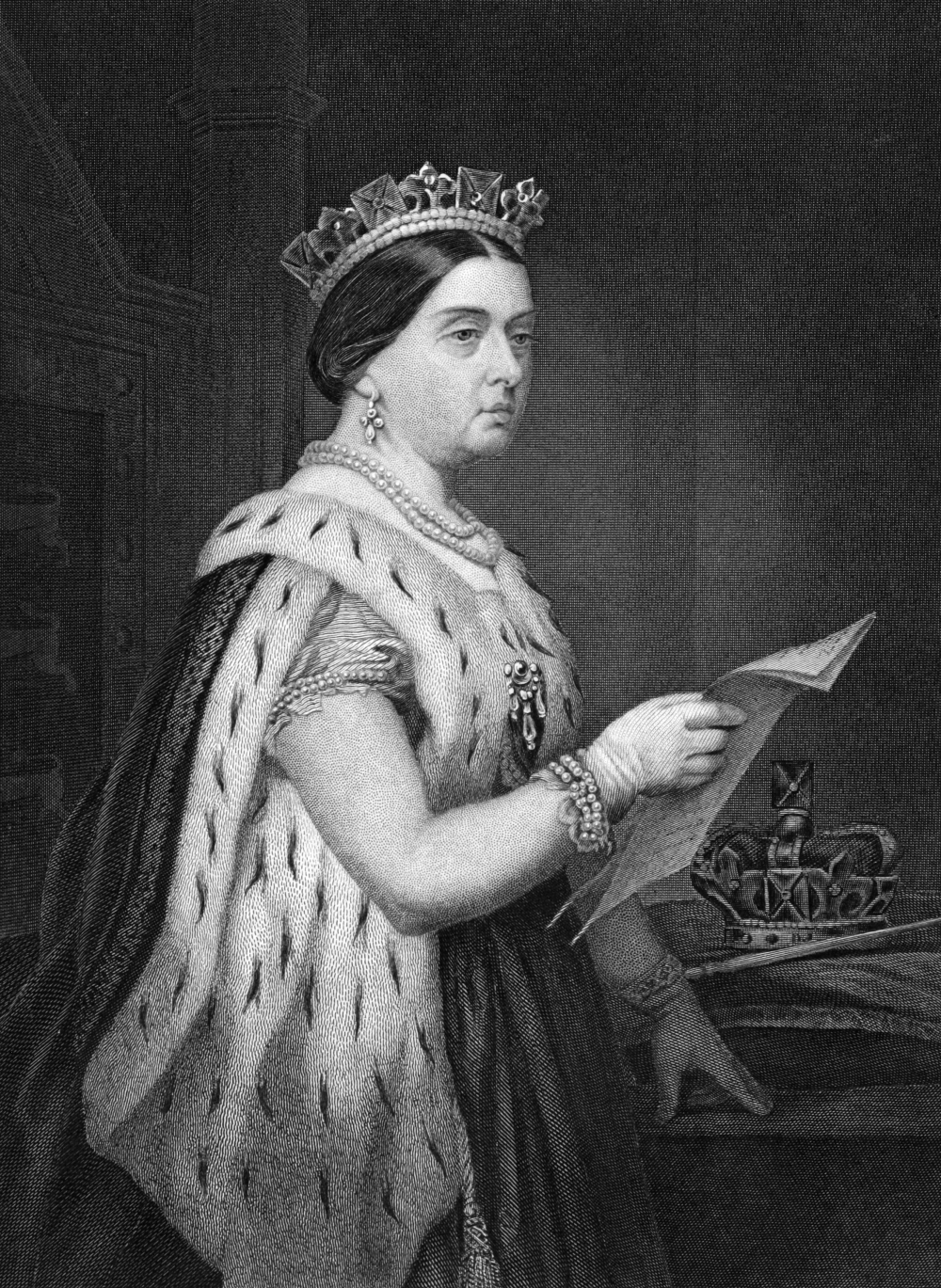 Queen Victoria © georgios | depositphotos.com
Queen Victoria © georgios | depositphotos.comVictoria joined the long line of kings and queens of England aged only 18 and presided over a golden age of English industrial expansion and economic progress.
The turning point of her reign came when her beloved Prince Albert died at the age of just 42. Victoria wore black for the rest of her reign.
After shutting herself away, Prime Minister Benjamin Disraeli persuaded the Queen to end a long period of mourning to resume her public duties - something she did with such courage that it restored the public's deep affection for her.
Victoria recognised the limits of her powers, but made full use of her influence to try to encourage her government to pursue peaceful policies at a time of great international change.
How fascinating it would have been to be a fly on the wall at her Tuesday meetings with her Prime Ministers!
Queen Elizabeth II, 1926 - 2022
Reigned: 70 years and 214 days
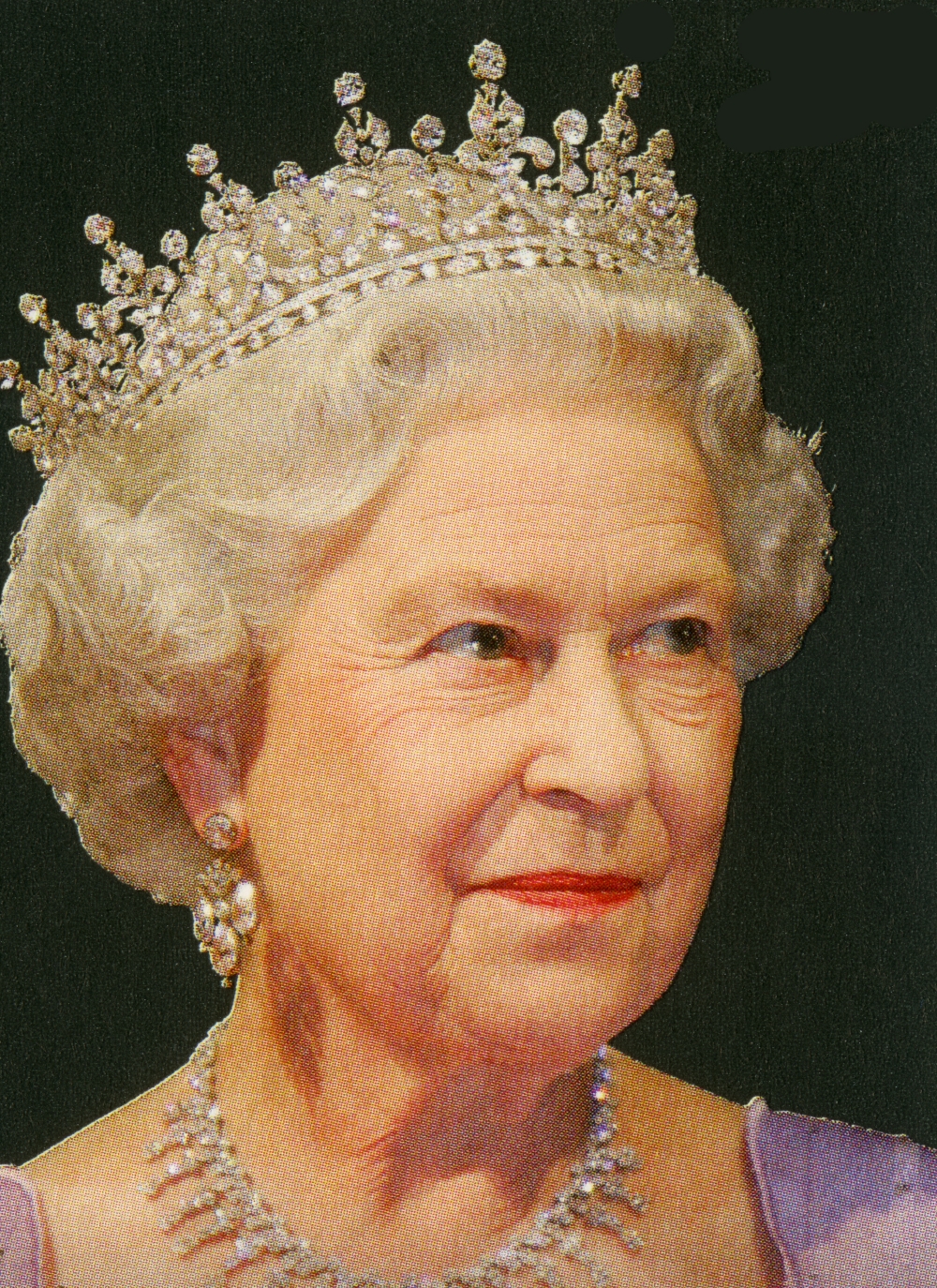 Queen Elizabeth II © popovaphoto | 123rf.com
Queen Elizabeth II © popovaphoto | 123rf.comThanks to TV and news coverage and her many tours around the globe, Queen Elizabeth II is probably the one of the many kings and queens of England that most people recognise.
She stepped into the limelight when her father became king following the abdication of Edward VIII, and took over the throne herself at her father's sudden death in 1952.
Since then, she's not only raised a family of her own with her husband Prince Phillip, but she has also worked tirelessly to transform the former British Empire into a Commonwealth of mutually supportive, independent countries, a concept that's very close to her heart.
Queen Elizabeth's reign saw massive societal changes, and scientific advancement. Everest was conquered during her coronation year, and since then she witnessed spaceflight, the spread of the internet, and - most recently - the coronavirus epidemic and the development of a working vaccine.
She has worked with 15 prime ministers during the 70 years of her reign, and it is amazing to think that Sir Winston Churchill was the first.






